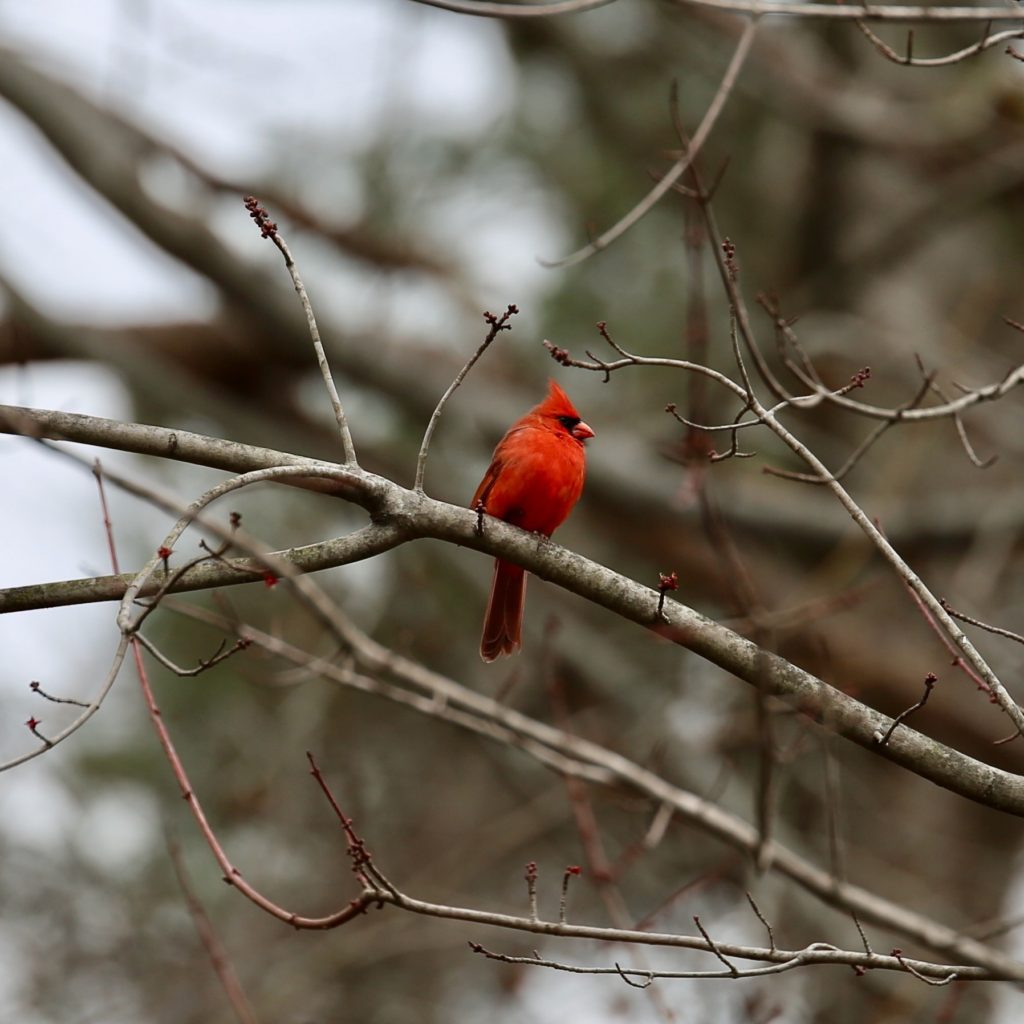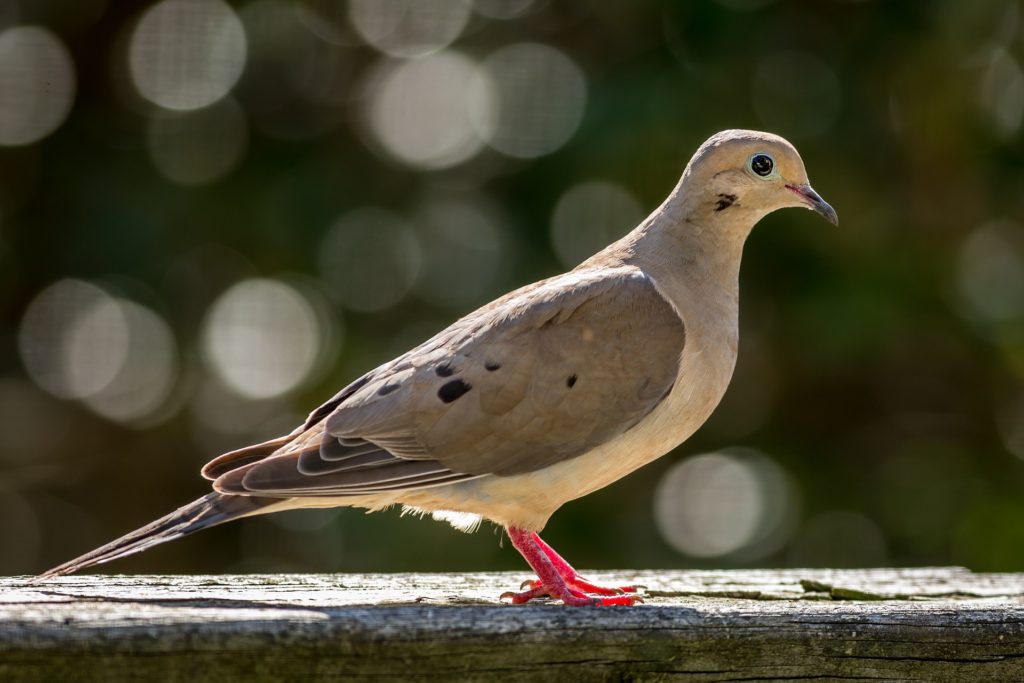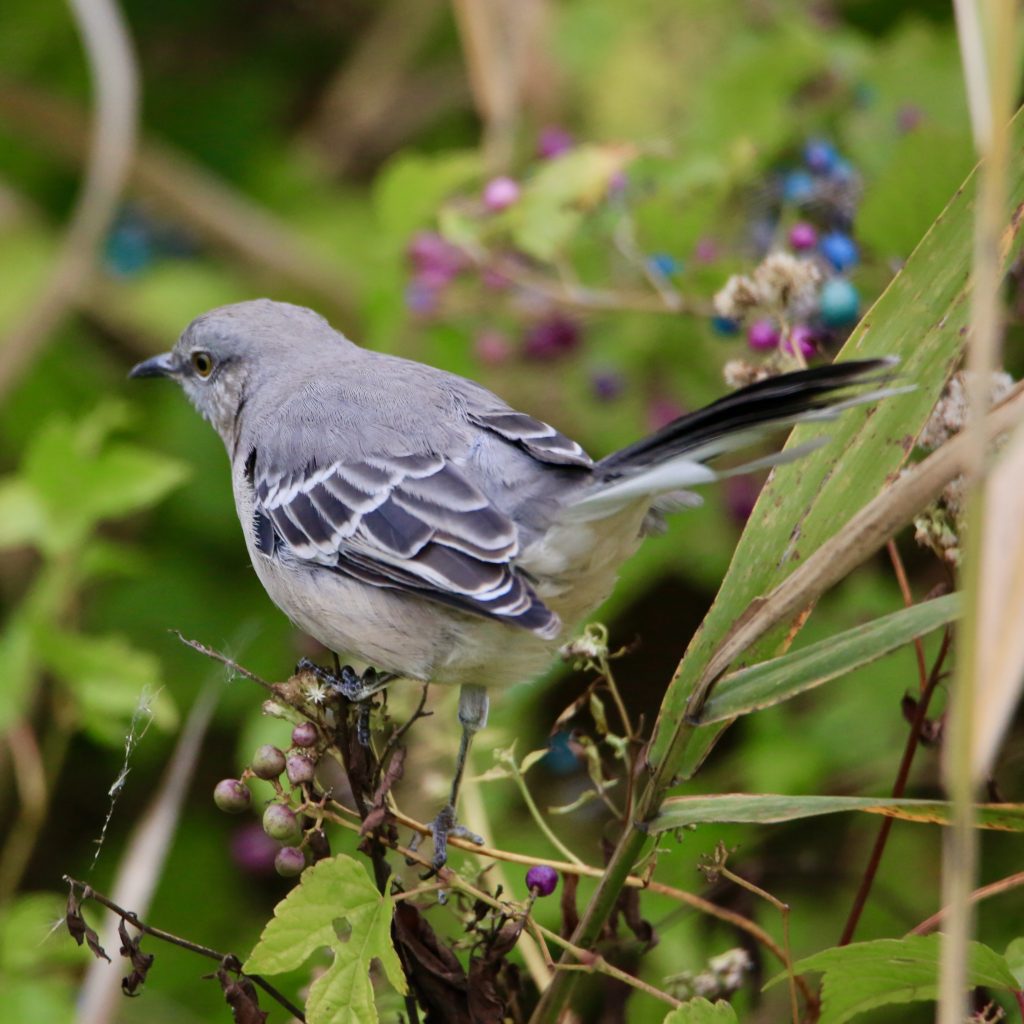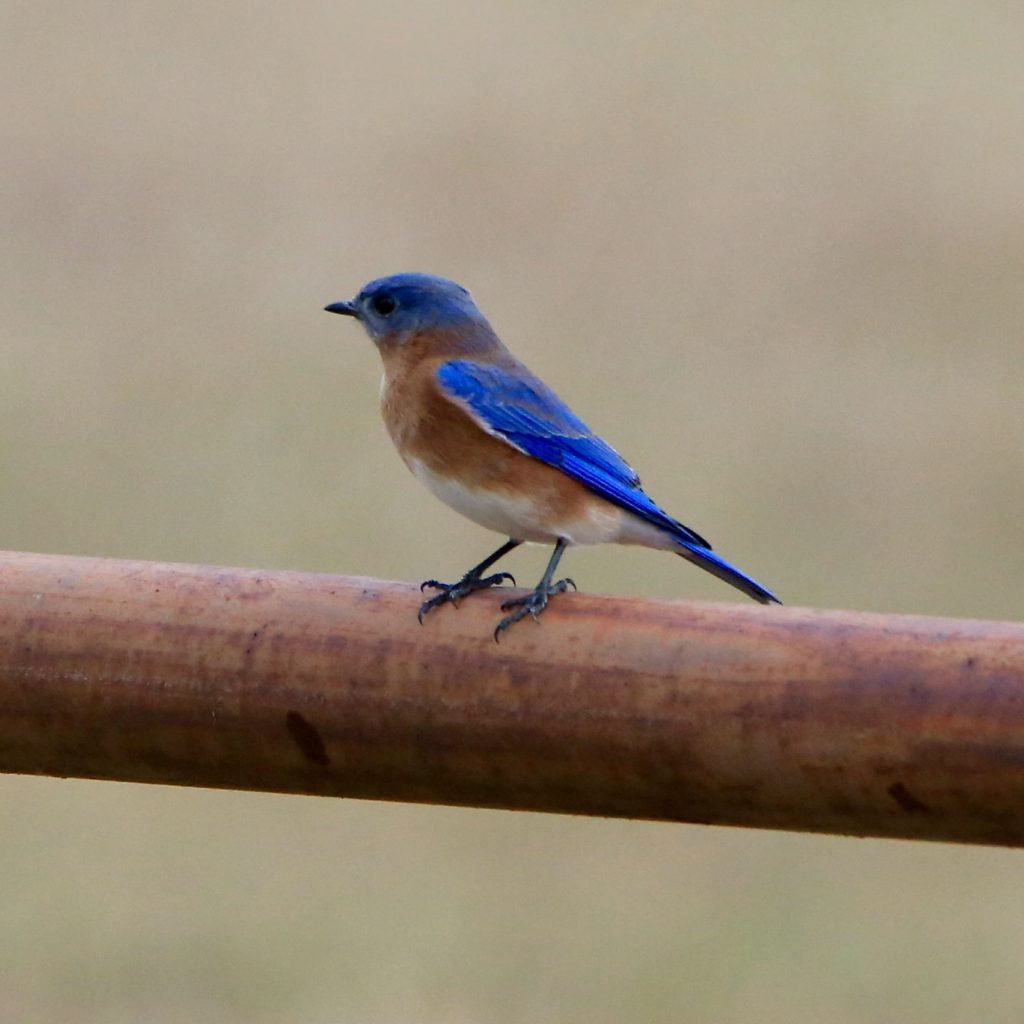
Many people dream of visiting Florida for their beaches and their nightlife. However, for people like us, these things do not matter a lot. We find happiness and peace in the small things that nature has gifted us with. If you resonate more with the latter, then I am sure you will be interested in today’s topic. Birds.
Florida, like many other states, is home to many stunning birds of different kinds. These birds gave Florida its warmth and made it feel like home.
So instead of giving you details about All the beautiful creatures Florida holds. Here is a crash course of some of the many backyard birds of Florida. Let’s start.
GET KIDS BIRD WATCHING
Top Backyard Birds Found in Florida
Northern Cardinal
Starting with yet another uniquely beautiful bright bird that also happens to be the most common bird found in the backyard of Florida, a Northern Cardinal. These birds, which are not only widespread in Florida but are very commonly found in the north of America as well, are covered in beautiful red plumage. However, the varying shades of their plumage help us differentiate between the male and female Northern Cardinal. The female Cardinals are more greyish with hints of red color in their wings and tails in comparison to the male ones, which are covered in bright red plumage, in contrast to the red plumage all over their bodies (both male and female northern cardinals) they have black feathers that cover their face. Along with this, they also happen to have a crest and a cute short yet heavy pink bill.
Size-wise, these plump birds are almost the same size as Red-winged Blackbirds and are shorter than American Robins with a length ranging from 8.3 to 9.1 inches, along with which they also have a fuller body (weight ranges from1.4 to 1.7 oz) and a fuller tail.
These gorgeous birds are worth having a closer look at, and lucky for you, you can find these birds all year long in your backyard on trees or shrubs, chirping, and dancing, making your backyard look ten times more beautiful than it normally is. So, to lure these Northern Cardinals birds to your backyard, try feeding them various kinds of berries, nuts, and seeds like black oil sunflower seeds, in a tray feeder. Then enjoy and watch them use their conical bills to open the sunflower seeds, spit the hull out and use their touches to remove the kernel from it.

Mourning Dove
The second bird is the Mourning Dove, named after its mournful cooing, which reminds people of springtime bird songs is one of the most found backyard birds in the lower forty-eight states of the US (United States). These birds, also known as Zenaida macroura, are about twelve inches long (from bill tips to tail tip) with a pale brownish pink body/plumage and darker tails and wings. So, whenever you see a brownish pink bird with a small, round, and very plump head with a long-pointed tail and short legs, it might just be a Mourning Dove.
If you love Mourning Doves just as much as we do, you are in luck! Because you can find these songbirds anywhere from cities to agricultural fields. The characteristics of their habitat include semi-open areas, for example, woods. Although you still might find them on wires and fences cooing and chirping, reminding you of the shiny sun and the beautiful smell of flowers during springtime. So, prepare some seeds like black oil sunflower seeds to lure these singing creatures to your backyard since they mainly survive on seeds.

Blue Jay
Blue Jays, otherwise known as Cyanocitta Cristata, is a member of the Corvidae family. When you see these birds flying around in your backyards, they will turn your blue days around. Although These birds are found in different parts of the world, they are native to eastern North America and are one of the birds found in the backyard of Florida. On to their body measurements, on average, their sizes/ lengths may range from twenty-two to thirty centimeters with a wingspan of about thirty-four to forty-three centimeters. As far as the genders of Blue Jays go, their male and female birds are not much different regarding color, weight, size, or wingspan. The underparts of these birds are white, while all the remaining parts are covered with blue plumage.
Blue Jays gulp up a lot of food, for example, fruits and seeds, at once, after which these food items are hidden or buried by them in their cache. And if you are a bird lover or you just like watching these beautiful creatures flying around in your backyard, stalk up on things like nuts, berries, some fruits, worms, and/ or insects and fill your feeder tray with it. If not in your backyard, you might just find Blue Jays in a woodland-type environment, especially if they are breeding. The chances are that they are in some forest since they like to breed in forests. The females who breed on trees are the ones who protect their young from newly hatched birds, while the male birds are the provider of the family during that period, such a perfect little family, is it not?
Northern Mockingbird
A dark grey bird with some white patches on its wings and tails is right; we are talking about Northern Mockingbirds as one of the most common backyard birds found in Florida. You will find these birds singing and chirping from long poles and perches throughout the night, almost all year long. They are known for their frequently sung, three distinct phrases, the sound of which will intersperse and spread all around.
Northern Mockingbirds are mostly found in parks, lawns, scrubs, and different residential areas since their preferred habitat includes scattered trees and bushes. To identify these mockingbirds, know that lengthwise They are medium and are approximately 8.3 to 10.2 inches while also being slightly curved. When talking about weight, they weigh somewhere between 1.6 to 2.0 oz. in addition to that, they have long legs, but their distinguishing feature is their tail; their tails are long and slender.
But if you want to have a closer look at these beautiful birds (which, why wouldn’t you?), try offering them some berries and fruits like grapes and apple slices as these are a part of their diet (which mainly consists of eating insects and fruits). But while trying to have a good look at these birds, do not intrude or mess with their nests as they are not afraid of boldly defending their nests.

Eastern Bluebird
Eastern Bluebirds which are mostly found in open woods, gardens, orchids, and farmlands, are not only known for their beautiful blue plumage (as mentioned in their name) but also for their wonderful melodious vocals. They belong to a North American family of songbirds called Turdidae and are also known by Sialia sialis.
Moving on to their plumage, the main distinguishing features between many birds. Here are few details about their plumage that might help you recognize these beautiful songbirds in the wild or in your backyard. The upper part of their body, including their head and wings as well as their tail, is blue in color, whereas the underside (e.g., their belly) of these birds is white in color. However, they are not just a contrast of blue and white.
With many other colors, they also happen to have a collar around their neck that is something between an orange and a brown. Their color helps you identify their genders since the male Eastern Bluebirds are blue while the plumage on the female ones leans more towards a dull blue to brownish shade. Other than that, male and female Eastern Bluebirds are not much different. And as far as their body measurements go, they are around seventeen to twenty-one centimeters with an approximate body weight of thirty grams since they are smaller birds.
Now, if you want to attract these birds to your feeder, add some tiny fruits, berries, or seeds to it. However, the major food in their diets are insects and worms, especially for the grown-up Eastern Bluebirds (they eat insects like grasshoppers, crickets, beetles, etc.)

In Conclusion
So, these were some of the birds that you are most likely to find in the backyard of Florida, especially if you bribe these hungry little birds with some food. And hey! While you are there, click some nice pictures of these breathtaking birds, but don’t scare them away. Happy bird watching!






